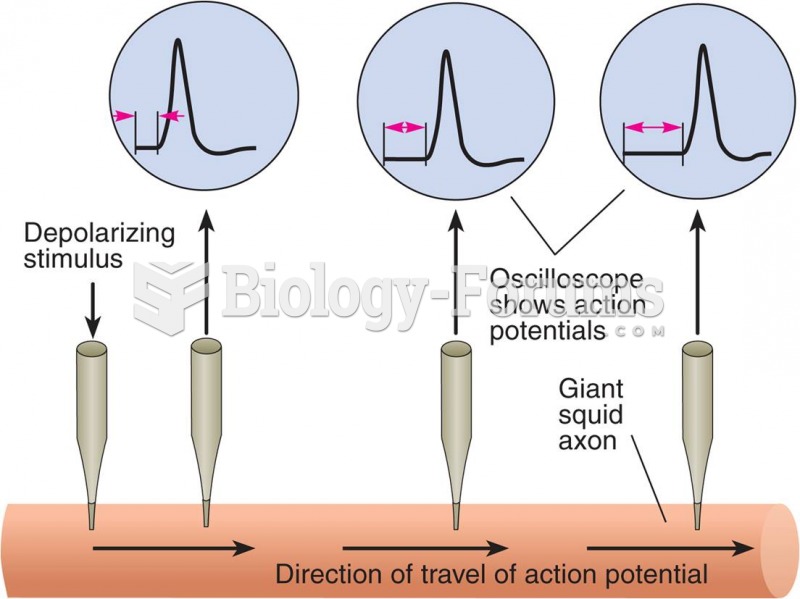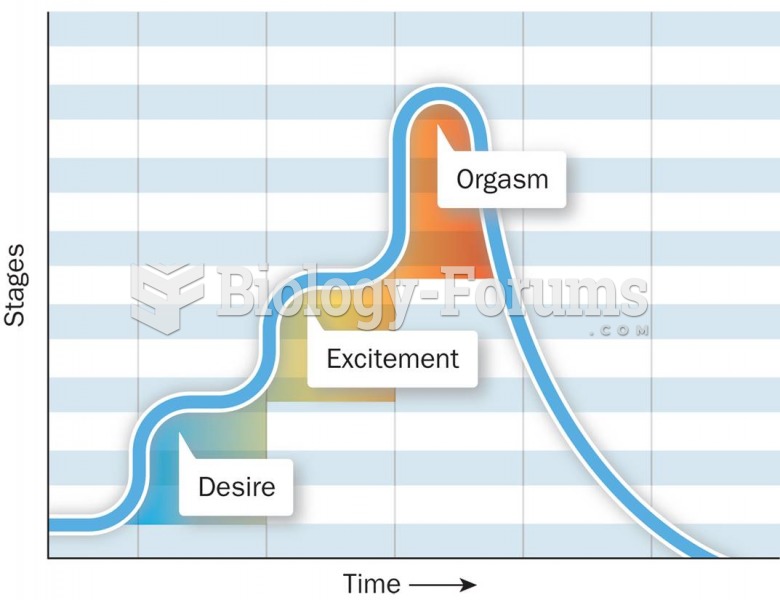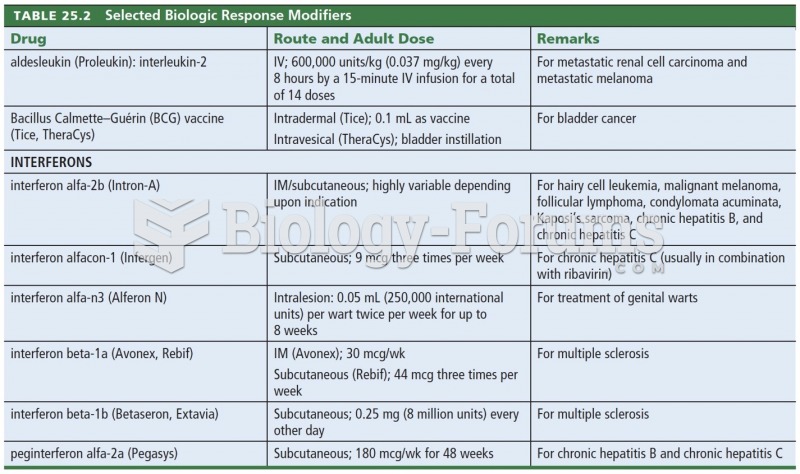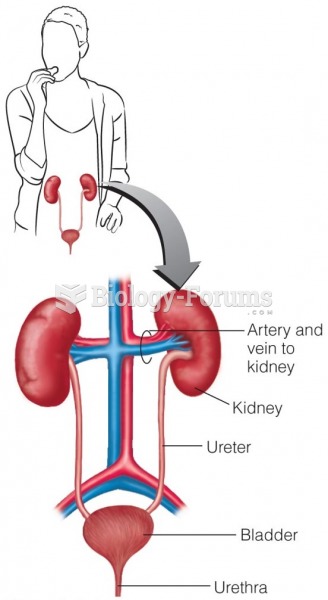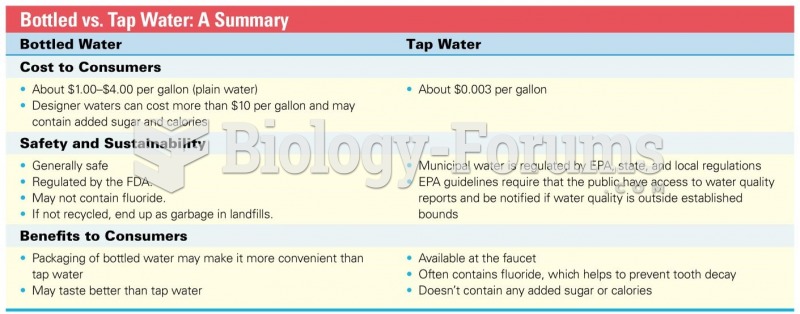Answer to Question 1Soil-water potential is used to measure soil-water forces. It is defined as the work water can do
when it moves from its present state to a pool of pure water in a defined reference state, which is
assigned a potential value of zero. Think of potential as the tendency of water to flow or move freely
in the soil; the higher the potential, the more freely it can move. Water, like energy, tends to move
toward a lower energy state (decrease its potential). Water potential is the relative energy of water in a
certain location compared to water in another. Water moves from locations of high potential to
locations of low potential, from wetter to drier.
Rain falling on dry soil is capable of great movement, so it has high potential. Infiltration
occurs because water will readily move to a state of lower potential, as when free water enters a pore at
the soil surface. What matters to a plant is not the amount of water in the soil but its energy. While the
amount of water in the soil partly defines its potential, so do other factors such as pore size and soil
salt content.
If a water molecule is located far from a soil particle, forces attracting the molecule to the
particle (adhesion and cohesion) are weak, and the water molecule can move relatively freely. It has a
high water potential. A water molecule close to a soil particle is subject to very strong attraction, and
the water molecule is fixed tightly in place. It has low potential. The lower the soil-water potential, the
more tightly water is attracted to soil particles and the less freely it can move.
Soil-water potential consists of the sum of several separate forces. The main force is matric
potential--the potential that results from the attraction of water to soil particles. A second force is
gravitational potential. Soil water is elevated above the water table and so carries potential energy from
gravity. To achieve a lower energy state, water simply percolates through the soil to a lower elevation.
The third force, osmotic potential, is most important in soils with high salt content. Water molecules
are polar and are attracted to charged salt ions, which lowers water potential.
Total water potential can be expressed by the formula:Ysoil
= Yg + Ym + Yo
This says that total water potential is the sum of the gravitational, matric, and osmotic potentials.
Answer to Question 2ANS: capillary


